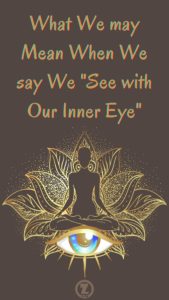“Yes, we … did dream those dreams. How natural that was since most [of us] are bankrupt idealists. Nearly every one of us had wished to do great good, perform great deeds, and embody great ideals.” (12 & 12, p. 156)
“As far as we can discern, the sole purpose of human existence is to kindle a light in the darkness of mere being.” – Carl Jung (1875 – 1961) Swiss, psychologist
What steps have you taken to live the life you have always wanted, lately?
Sweet Dream – are made of this – Eurythmics (3:35)
Theta Hz Dream Temple Meditation (7:33)
Dreams:
by Langston Hughes
Hold fast to dreams
For if dreams die
Life is a broken-winged bird
That cannot fly.
Hold fast to dreams
For when dreams go
Life is a barren field
Frozen with snow.
Carl Jung and Dream Analysis –
“Jung was the eminent adept of Freud and, for a while, a tireless fighter for the Freudian cause, that is, the universal promotion of psychoanalysis. He was influenced by Freud’s approach to the delicate problem of dream interpretation. Later on, Jung develops his own theory which includes several revolutionary features: subject level, prospective aspect, compensation, amplification method.
It is known that Freud interprets dreams on the object level; that is, according to the relationship between the dreamer and the persons or situations in his real of phantasy life. Jung introduces the subject level. What is this level? The fact that the dream reveals, in a symbolic way, some features of dreamer’s psychic life or of his internal psychic transformations. This way the dream becomes an indicator of those changes that sometimes point to the development of the individuation process.
Dreams are a cloudy picture.
So if someone dreams of his mother, the mother in Jung’s view is not an evocation of the real mother, but of the dreamer’s anima, that is, his emotional, feminine side. Mother can also be a suggestion to what is basically biologic in the human nature or can lead to the inherited background, the homeland in a cultural way.
Freud’s dream approach is retrospective; that is, it refers mainly to past events, placed back in the dreamer’s childhood (psychic trauma, sexual repressed wishes and so forth). Jung’s dream approach is prospective; he treats the dream like an inner map of dreamer’s future psychic evolution towards a more balanced relationship between his ego and the unconscious (be it personal or collective).
Talking about infantile complexes, Jung states, in accordance with his orientation, that complexes are not of importance per se; what really matters is what the individual’s ego does with them. This way, the complexes, even the neurotic ones, become raw material for dreams, the language through which the dream (the unconscious) expresses itself.
The mother complex,
for example, may indicate a process of development on the basis of some inherited features or life events that constitute the background of the individuation.
For Jung the concept of compensation includes another powerful idea: the dream is an attempt to counterbalance a hypertrophied ego. That is why the interpretation of dreams should seek to discover the compensatory aspects; that help the ego better adapt to the demands of internal and external life. In a certain clinical situation, as a result of a dream interpretation; Jung had to explain to his patient that she must resign her too rationalist attitude (as a consequence of her animus inflation). [I]n order to cure her severe neurosis. This way the dream becomes a message of the unconscious; that indicates several neurotic deficiencies in the individual life orientation.
Finally, Jung adds to the free association method, developed by Freud, the method of amplification . He states that there are elements of the dream to which the dreamer cannot provide personal associations.(1) These elements are symbols.(2) In this case, the analyst should intervene with his knowledge and complete the dreamer’s gaps related to them. The associative material comes from various cultural areas: mythology, religion, alchemy, folklore and so forth.
One must notice that these essential additions to the method of dream interpretation should not be taken over easily. Jung warns us repeatedly that dreams ought to be interpreted at first by Freud’s method. Only exceptional cases demand the use of his own method.(3)” (https://www.carl-jung.net/dreams.html)




FEATURED POST FROM THE ZONR VAULT – “I did indeed dream of great things happening to me – not great things done by me, but great things being done to me. I have learned in Al-Anon that my Higher Power and I can do great things together. Living consciously, listening to hear the voice of my Higher Power as often as I can, this living consciously takes a great deal of effort. I am learning to let go and let God – consciously.” (Margot, 9/27/2011)